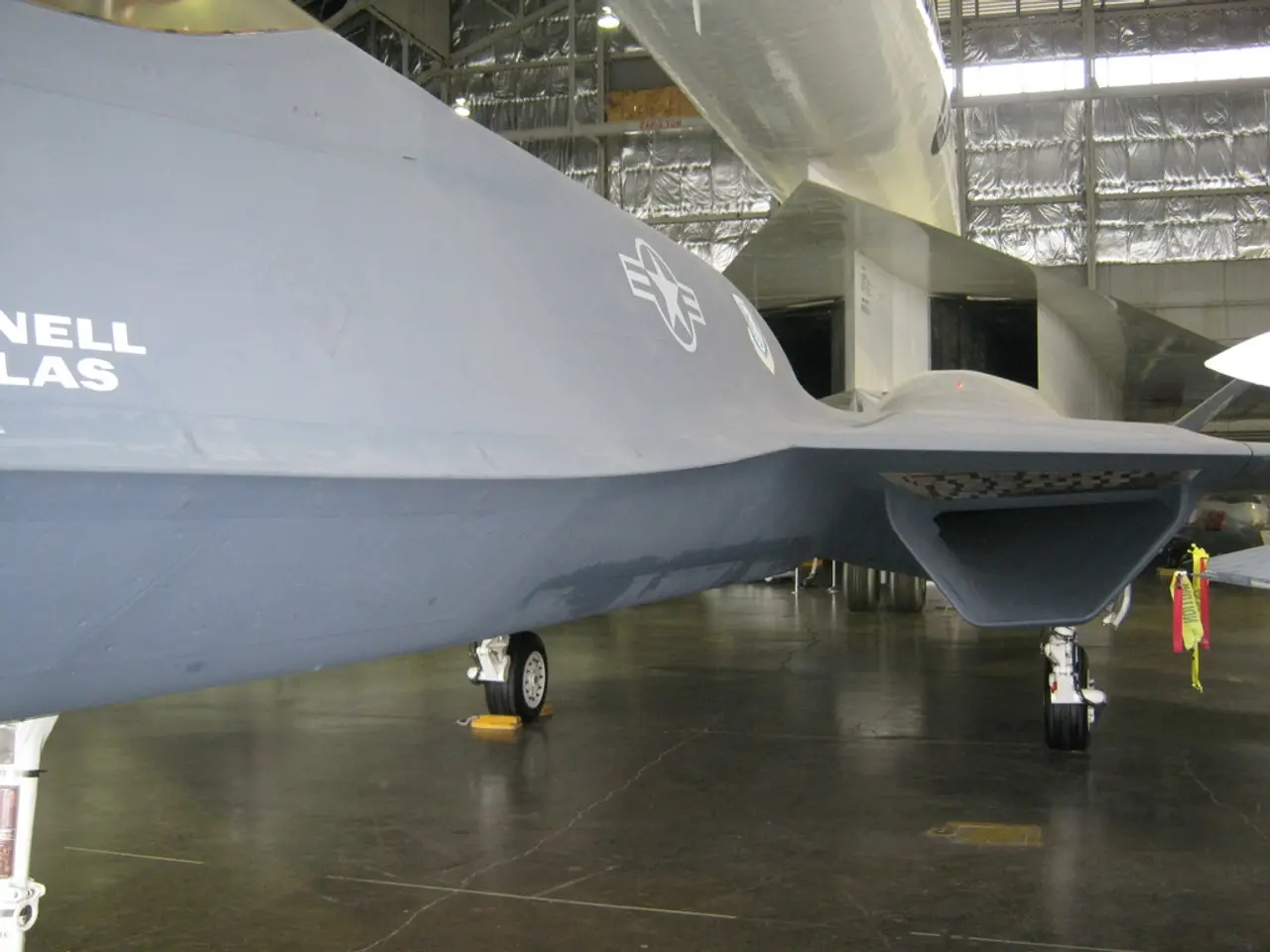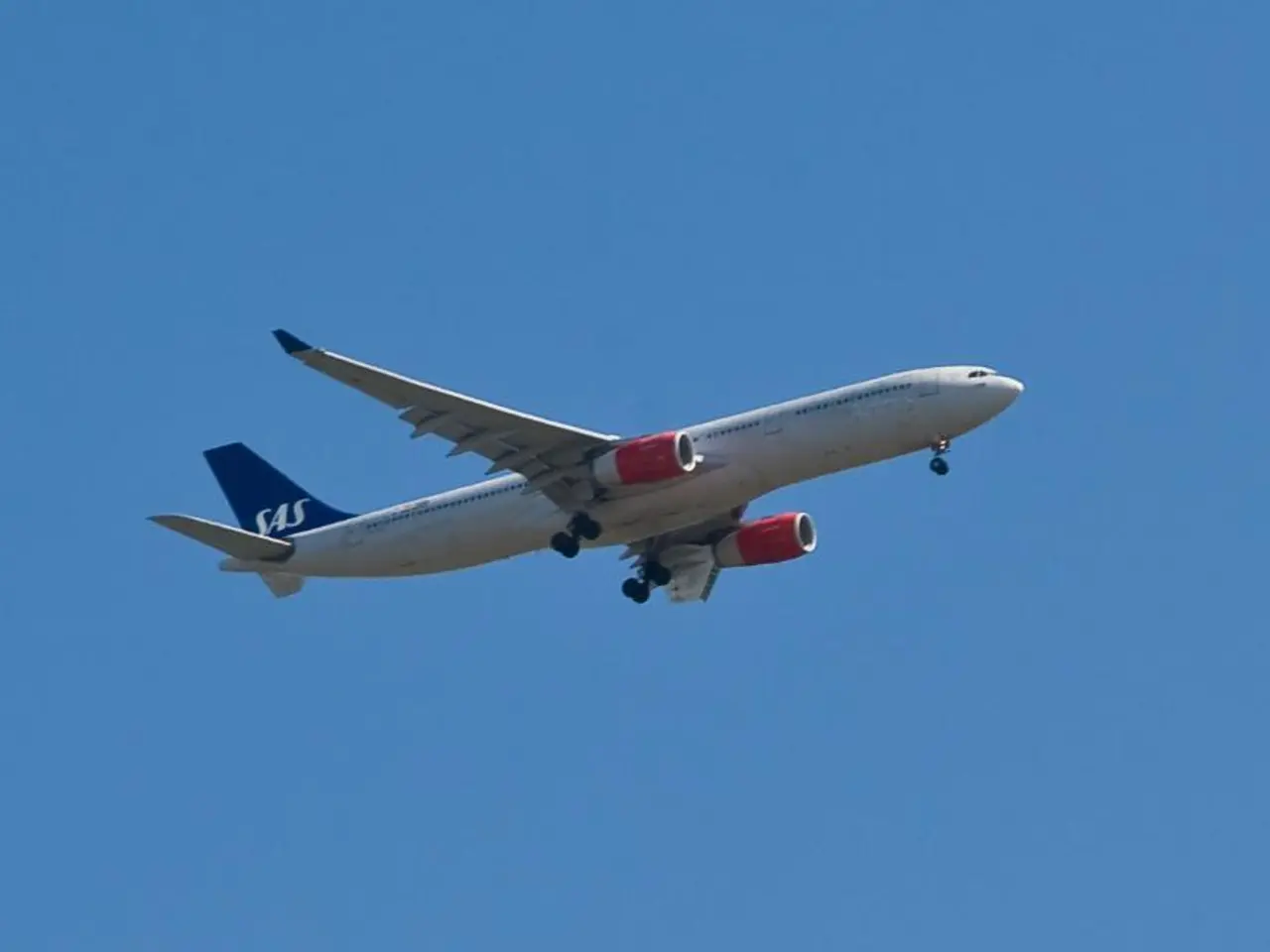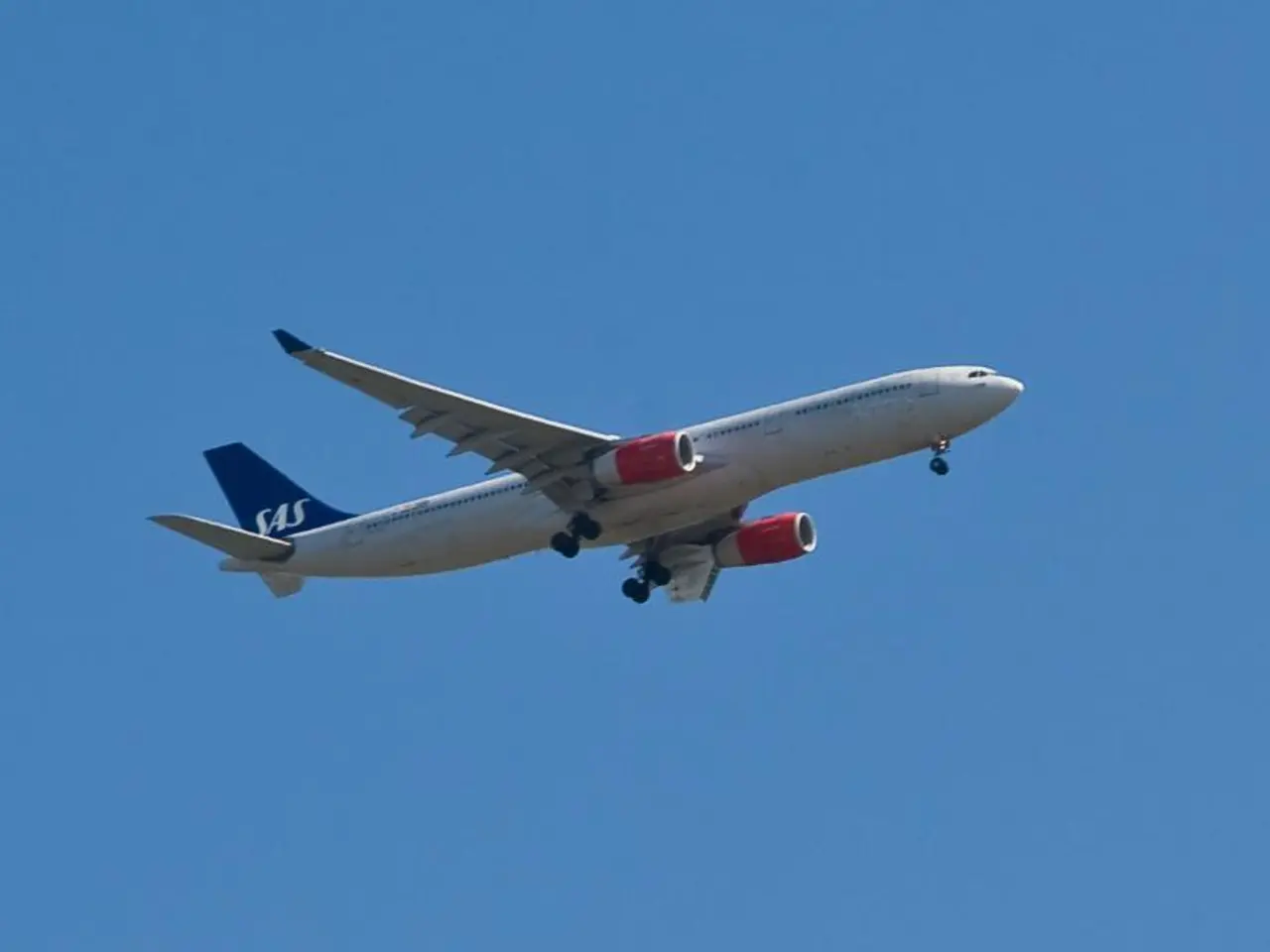Helicopter Accident in Washington: Aviation Instrument Displayed False Altitude Reading - Helicopter altimeter malfunction leads to aircraft collision in Washington, indicating an incorrect height reading
The National Transportation Safety Board (NTSB) is currently investigating the cause of the tragic mid-air collision that occurred on January 30, 2025, between an American Airlines passenger plane and a U.S. Army Sikorsky Black Hawk helicopter near Washington's Reagan Airport.
The collision resulted in the crash of both aircraft, causing the death of all 67 people on board. This incident was the deadliest U.S. plane crash since 2001 and involved notable passengers such as elite figure skaters.
Early findings indicate a significant altimeter discrepancy in the Black Hawk helicopter. The flight data recorder showed that the helicopter was flying 80 to 100 feet higher than what the helicopter's barometric altimeter indicated. Subsequent tests on three other helicopters of the same model and unit flying in the same area revealed similar altimeter errors.
This altimeter discrepancy is a key focus since the helicopter was actually above the 200-foot altitude limit, contrary to pilots’ belief based on the faulty altimeter readings, contributing to the collision risk. The NTSB has not yet released a final report; it is expected sometime next year.
The area where the collision occurred permits helicopters to fly at an altitude of 200 feet or lower. The helicopter involved in the collision was a Sikorsky Black Hawk on a training flight, and the military helicopter was flying at an altitude of 300 feet, according to the helicopter pilot's report, just before the collision.
Investigator Marie Moler and her team are conducting tests on the Sikorsky Black Hawk helicopters to further investigate the cause of the altimeter discrepancies. The NTSB Director, Jennifer Homendy, mentioned that neither pilot commented on the discrepancy in altitude during the tests.
The investigation is ongoing to determine the exact cause of the collision and the role of the altitude discrepancies in the incident. Additionally, concerns have been raised about the dual responsibilities of air traffic controllers, as allowed by regulation, and the lack of appropriate advisories on helicopter charts around Ronald Reagan National Airport.
The NTSB's ongoing investigation aims to shed light on the systemic safety and procedural issues that may have contributed to this tragic incident, beyond the altimeter discrepancy alone. The results of the investigation will undoubtedly have significant implications for aviation safety regulations and procedures in the United States.
- The investigation into the plane crash involving an American Airlines passenger plane and a military helicopter in Washington, DC, has brought into focus the role of the altimeter discrepancy in the aviation industry.
- Apart from the altimeter error, concerns have been raised about the dual responsibilities of air traffic controllers and the lack of appropriate advisories on helicopter charts around Ronald Reagan National Airport, which are issues of concern within the transportation sector.
- The tragic incident involving elite figure skaters highlights the need for general news and crime-and-justice sectors to pay closer attention to safety regulations and procedures in the aviation sector, particularly with regards to plane crashes.
- The NTSB's findings could potentially impact the finance industry, as any changes to aviation safety regulations could lead to increased costs for airlines and other related companies.






